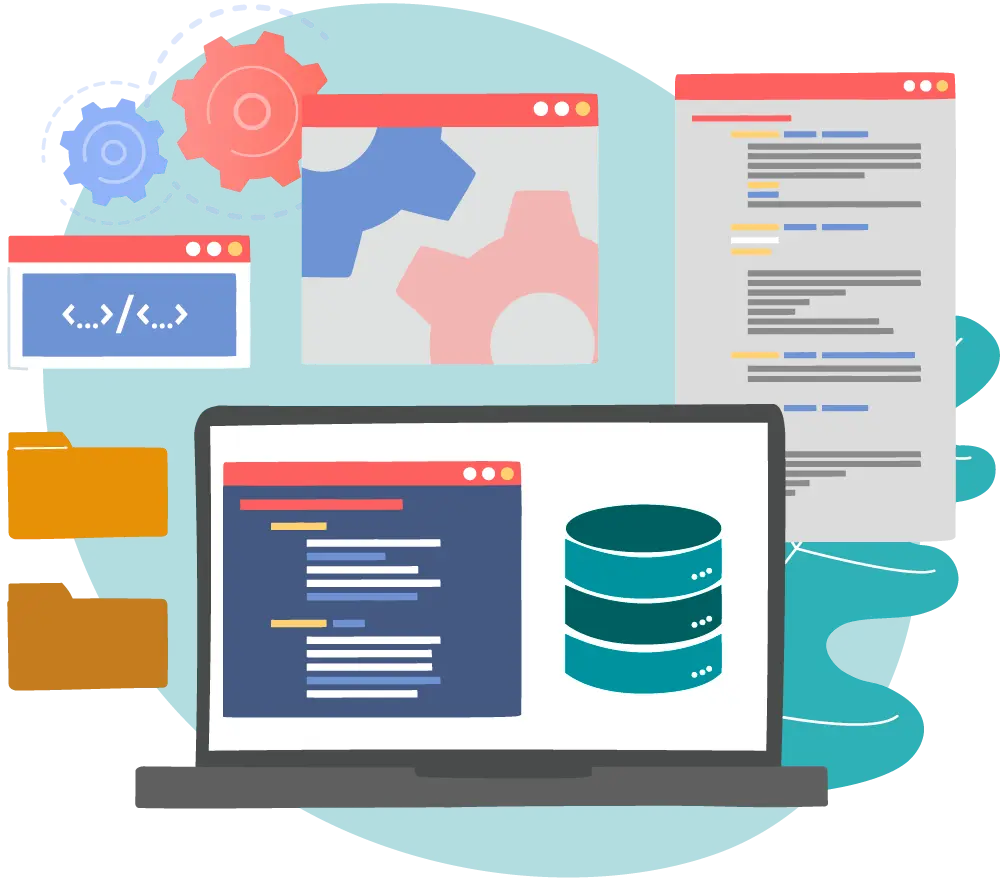We Implement APIs
Based on the specific needs and requirements of your business.

Based on the specific needs and requirements of your business.

What is
an API ?
APIs are mechanisms that allow two software components to communicate with each other through a set of definitions and protocols. For example, the meteorological institute's software system contains daily weather data. Your phone's weather application "talks" to this system through APIs and shows you daily weather updates on your phone.
API stands for "Application Programming Interface". In the context of APIs, the term application refers to any software with a distinct function. The interface can be considered a service contract between two applications. This contract defines how they communicate with each other through requests and responses. The documentation of your API contains information on how developers should structure these requests and responses.
Meaning
API
Client
The client/server query can occur either by entering the website, which automatically generates an initial API call, or by the client making the query.
The server (a system that provides resources, data, services, or programs to other computers) receives the query through the API and returns the requested information.
API
Server
Data
return
The data requested from the server is sent and processed, then translated into a user-friendly graphical interface for the client, presented in a clear, readable, and organized manner.
Integrating APIs is essential in modern software development without the need to build functionalities from scratch.
Some advantages of integrating APIs into your business can be:

Modularity and scalability
Breaking down functionalities into independent components facilitates scalability, allowing updates or additions without affecting the entire system.

Interoperability
Better communication between different systems and platforms by sharing data, providing flexibility in heterogeneous systems.

Access to external services and data
Access to third-party services/data, enriching your application with additional functionalities/data without having to develop them from scratch.


Agile development
Accelerates the development process by reusing existing functionalities and services.

User expirience
Offering advanced features such as social authentication, interactive maps, or personalized recommendations greatly enhances the user experience (UX).

Security and management
Authentication and authorization mechanisms, protecting access to sensitive resources and managing access control more efficiently and securely.


Cost Reduction
Accessing external services/data can reduce development and maintenance costs by leveraging existing solutions instead of building them from scratch.

Integration with new technologies
APIs facilitate the incorporation of emerging technologies such as AI, blockchain, or IoT into your business, keeping it always up-to-date.
Your next technological advancement is just a click away.